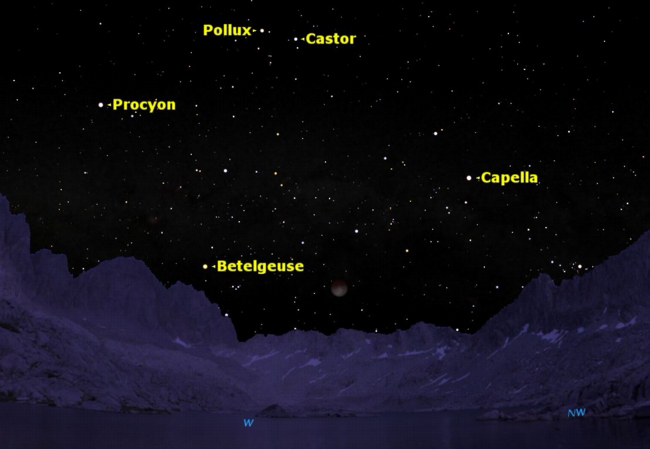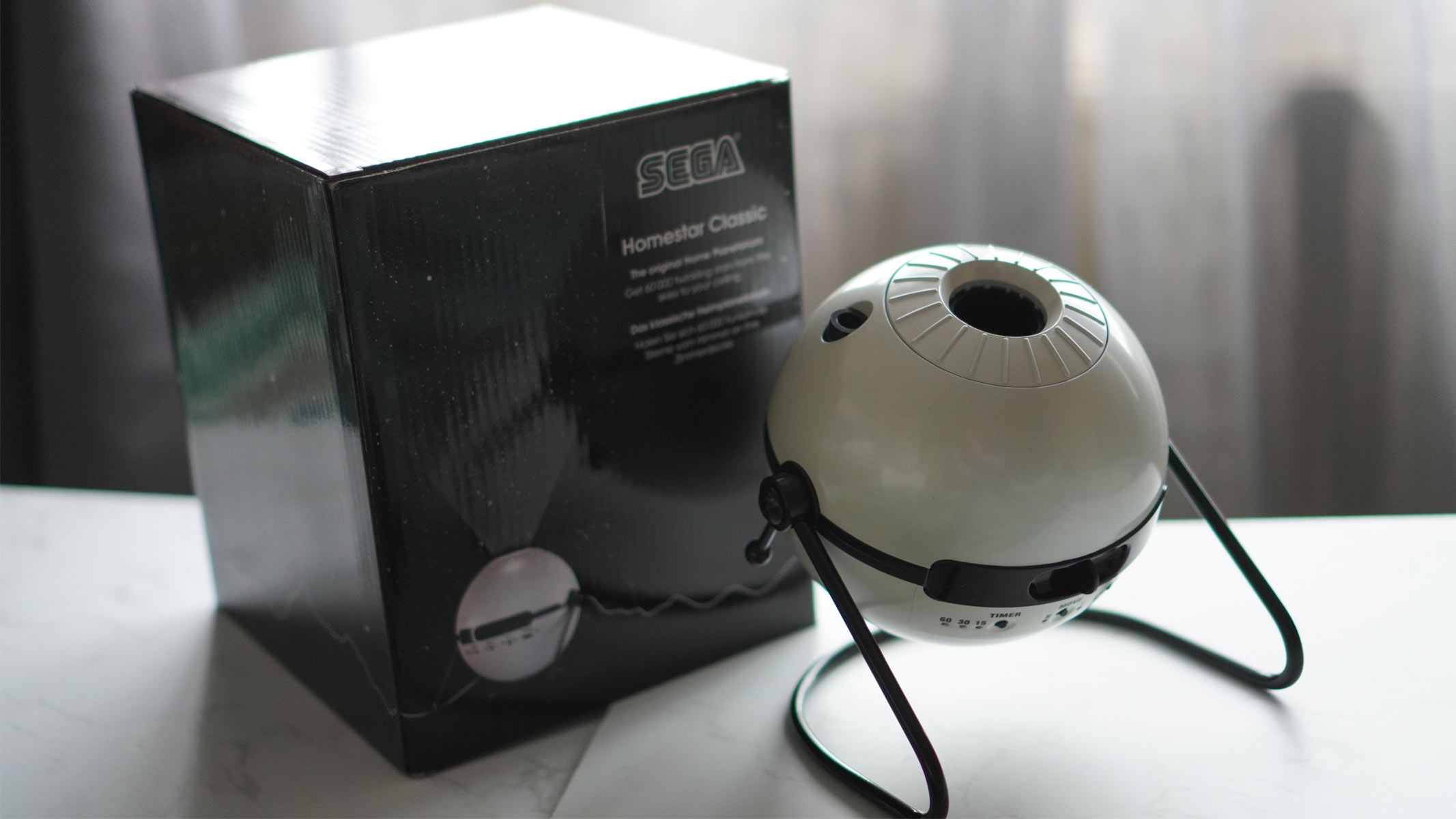Total Lunar Eclipse Visible to North America Saturday

The last eclipse of 2011, a total lunar eclipse, will occur early Saturday morning (Dec. 10). Although best placed for observers in Australia and eastern Asia, part of the eclipse will be visible from the west coast of Canada and the United States.
A total lunar eclipse occurs when the Earth passes between the sun and the moon, casting the moon in shadow. The last such eclipse took place in June 2011.
For observers in North America, this eclipse will happen just before dawn Saturday morning. To see it, stay up late Friday night or get up early Saturday morning. Alaska will see all of the eclipse, British Columbia most of it, the views will decrease as you move south and east from there.
"From roughly Arizona to the Dakotas, the moon sets while it's still totally eclipsed," writes Sky & Telescope magazine. "In the Central time zone the moon sets while still only partially eclipsed, before the total stage even begins. And those farther east miss out completely."
The eclipse will begin at 3:33 a.m. PST, when the faint outer penumbral shadow touches the moon. The eclipse will be obvious by 4:45 a.m., when the dark umbral shadow begins its trip across the moon's face. The total eclipse phase will start at 6:06 a.m. and last for 51 minutes.
In Sydney, the eclipse will begin at 10:33 p.m. Saturday evening and last most of the night. Totality is from 1:06 a.m. until 1:57 a.m. local time.
It's difficult to predict in advance how dark any particular lunar eclipse will be. It’s extremely rare for the moon to disappear completely because some sunlight always leaks past the Earth through the twilight zones.
Get the Space.com Newsletter
Breaking space news, the latest updates on rocket launches, skywatching events and more!
Because this light is coming from countless sunsets on Earth, it is usually tinged reddish in color. If cloud cover on Earth is dense, very little light gets through, and we get a very dark eclipse.
Because this eclipse will be low in the western sky in North America and low in the south in Australia, there should be plenty of photo opportunities.
If you take a photo or video of the eclipse that you'd like to share with SPACE.com for a possible story or gallery, please email Tariq Malik at tmalik@space.com or Clara Moskowitz at cmoskowitz@space.com.
This article was provided to SPACE.com by Starry Night Education, the leader in space science curriculum solutions. Follow Starry Night on Twitter @StarryNightEdu.
Join our Space Forums to keep talking space on the latest missions, night sky and more! And if you have a news tip, correction or comment, let us know at: community@space.com.

Geoff Gaherty was Space.com's Night Sky columnist and in partnership with Starry Night software and a dedicated amateur astronomer who sought to share the wonders of the night sky with the world. Based in Canada, Geoff studied mathematics and physics at McGill University and earned a Ph.D. in anthropology from the University of Toronto, all while pursuing a passion for the night sky and serving as an astronomy communicator. He credited a partial solar eclipse observed in 1946 (at age 5) and his 1957 sighting of the Comet Arend-Roland as a teenager for sparking his interest in amateur astronomy. In 2008, Geoff won the Chant Medal from the Royal Astronomical Society of Canada, an award given to a Canadian amateur astronomer in recognition of their lifetime achievements. Sadly, Geoff passed away July 7, 2016 due to complications from a kidney transplant, but his legacy continues at Starry Night.

